Affiliate disclosure: This post may contain affiliate links. Please see our Privacy Policy.
I have this dream of someday growing all our own food for a full year right on our homestead. We’ve been slowly expanding our orchard and fruit production over the years, working toward that dream. We now have a steady supply of fruit year-round, either fresh off the plant or from the root cellar.
With the long Vermont winters (zone 4), a supply of fresh fruit can be a challenge. The growing season is only 100 days long, which leaves another 265 days mostly eating root cellared crops. Fruits with a good storage life are essential to ensuring that you have fresh fruit throughout the cold months.
You need more than just late-bearing storage fruits to stay supplied. If you’re going to have a year-round supply of homegrown fruit, you’ll need to plant varieties that fruit very early in the spring as well.
It all comes down to planning. You’ll need to select varieties that fruit very early, as well as varieties that fruit regularly all summer. Then still more varieties that fruit very late and store well.
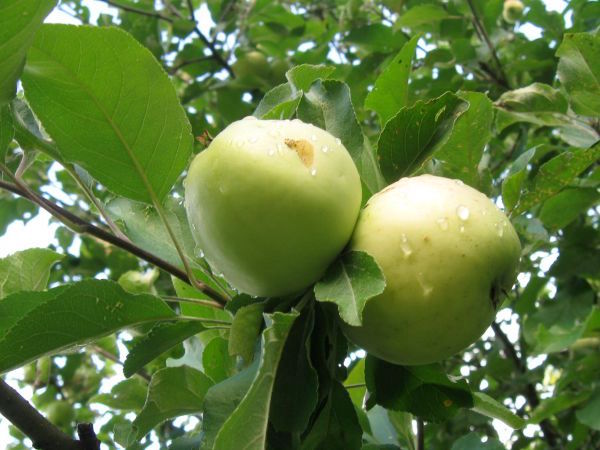
Early Spring Fruits
By the end of winter, even if you’ve done well with your root cellar crops, fresh fruit is a welcome change. Most people think of strawberries as the first fruits of spring, but there are actually a few others that fruit even earlier.
Honeyberries
Honeyberries taste like a cross between grapes and blueberries and they fruit a few weeks earlier than strawberries every year. They don’t keep long, but at that time of year we’re hungry for fresh soft fruit and we never can grow enough. They ripen in early June in Vermont.
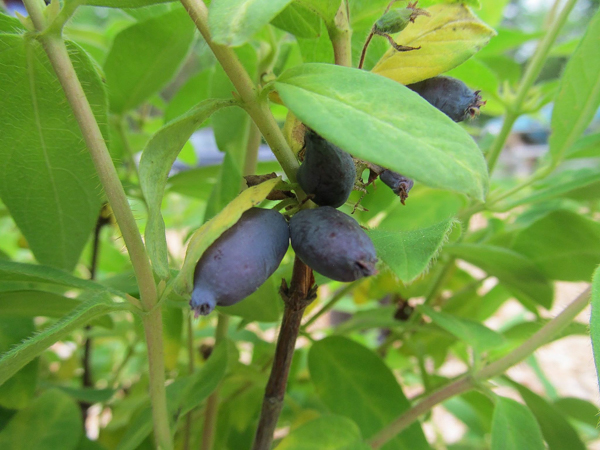
Rhubarb
Rhubarb isn’t exactly a fruit, but it can be used like a fruit in pies and baking. It bears well before strawberries in the springtime. It can also be forced indoors midwinter, which I’ll discuss later.
Once rhubarb gets going, it can be prolific. You’ll need to come up with a few creative ways to use it besides pie. Try any of these ways to use rhubarb.
Strawberries
Once strawberries come in they produce heavily at the beginning of the summer, starting right after the solstice here in Vermont. Most traditional varieties produce fruit for just 3-4 weeks per year. We’ve recently started growing everbearing strawberries which keep bearing fruit all the way into November, even fruiting after a few touches of frost.
Everbearing strawberries allow you to spread out your harvests and enjoy strawberries for months. You can buy everbearing strawberry plants here.
Summer Fruits
Summer is the easy season. There’s plenty of fruit, but the problem is that each crop takes its turn.
For a week or two you’re overrun with raspberries, then plums, then blueberries as the season goes on. The trick is to find varieties that stretch the season out so you’re not slammed with one fruit while craving another.
Summer Blueberries
Early season blueberries will begin bearing in late July, and if you plant mid- and late-season varieties you can have a steady supply of blueberries through October. One of my favorite preserving books, Preserving Food without Freezing or Canning, describes a traditional finish method for root cellaring blueberries. The berries themselves are placed into jars or earthenware pots and then covered in honey.
The blueberries will keep and become a natural lacto-ferment without any canning or electricity required. They don’t quite qualify as “fresh” though. For fresh blueberries, you’re more or less tied to berries harvested right off the plant.
Early Season Blueberry Varieties:
- Duke
- Patriot
- Reka
Mid Season Blueberries Varieties:
- Bluecrop
- Blueray
- Northland
Late Season Blueberry Varieties:
- Jersey
- Elliot
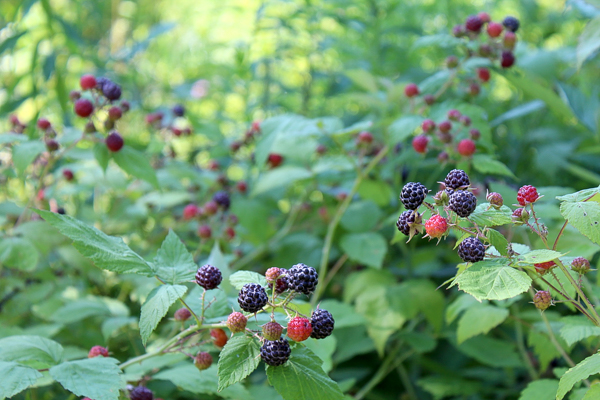
Summer Raspberries
If raspberries are staked and trellised, they produce heavy crops on second-year canes each summer. Some varieties bear earlier than others, and if managed differently, raspberries can be induced to produce in the fall instead of the summer.
Early Season Raspberry Varieties (Summer Bearing)
- Boyne
- Prelude
- Killarney
Mid-Season Raspberry Varieties (Summer Bearing)
- Bristol (black raspberry
- Jewel (black raspberry)
- Latham
- Nova
Late Season Raspberry Varieties (Summer Bearing)
- Encore
- Royalty
Summer Plums
Plums ripen between July and September, and there are too many good varieties to list them all. We grow a variety called Pembina which produces fruit early that’s particularly tasty.
Our latest fruiting variety produces in early August, so we’re hoping to add in a few late-season varieties to keep supplied longer.
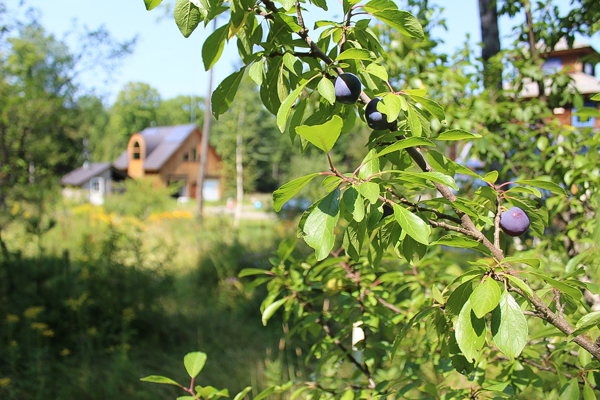
Summer Apples
Though they’re generally thought of as a fall crop, there are a number of summer apples that bear as early as the 4th of July. We grow a variety called Yellow Transparent that fruits from Early July to Early August, even though our last frost is sometime in early June. It’s an old Russian variety that was bread to feed people just as the root storage crops are running dry, but before the first real harvests come in.
Other Summer Fruits
Beyond the heavy croppers, there’s also a number of more novel summer fruits to keep things interesting. Thimbleberries have a unique taste that’s somewhat like a raspberry, and they’re low maintenance.
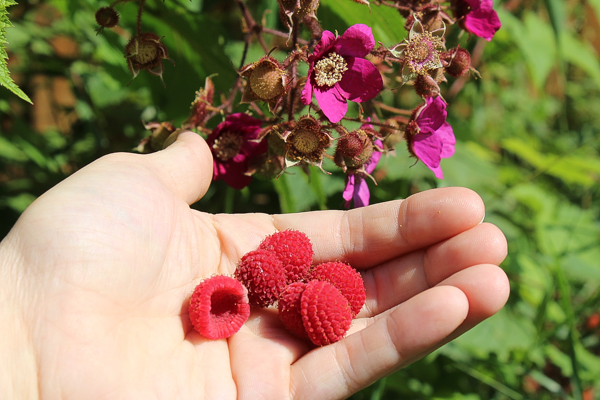
Currants produce heavy crops, and black currants, in particular, keep reasonably well. They’re a bit astringent for fresh eating and we juice them for blackcurrant mead.
Elderberries fruit at the end of summer, in early September, but they’re not particularly good fresh eating. We turn most of ours into elderberry mead and elderberry oxymel for winter medicine.
Fall Fruits
Fall is traditionally thought of as apple season. If you plant the right varieties, you can grow soft summer fruits like raspberries and blueberries well into October. Everbearing strawberries are still going strong into early November.
Fall Bearing Raspberries
Most people in temperate climates are familiar with raspberries as a summer crop. I grew up in California, where the summers are too hot and dry for summer raspberries.
The only raspberries I’d ever had were fall raspberries grown in the cool mountains. If instead of trellising raspberry canes, you mow them down at the end of the season, they’ll come up from scratch.
It takes them all summer and early fall to grow, but they produce delicious crops on first-year canes in the fall. In Central Vermont, they’ll bear until Mid-October some years.
Fall Bearing Blueberries
For fall-bearing blueberries, plant some of the latest blueberry varieties, including Jersey and Elliot. They’ll keep you supplied with fresh blueberries through October.
Fall Bearing Apples
If you’re looking for fall-bearing apples, you have quite the selection. Some of my favorites are pretty obscure heirloom varieties such as Wickson which is actually a crab apple but with great flavor, and Holstein which I had to taste after it was described as “not for the faint of heart.”
Before we chose which apple varieties to plant, we held a blind taste test with 32 varieties. All told we’ve tried hundreds of varieties, but it was an eye-opening experiment to have so many different apple flavors to compare side by side.
Fall Bearing Pears
Most varieties of pear bear in the fall, so you’re pretty safe here. Pears cant ripen correctly on the tree, so take extra care to pick your pears a few weeks before they’re ripe.
We grow a few varieties, but we have one that I love because of its unique blossoms. Pears tend to have single blooms, but there are a few varieties of pear with double blossoms, and they’re striking in the spring when they’re covered in flowers. Our double blossomed pear variety is called Cabot after a local Vermont town a few miles up the road.
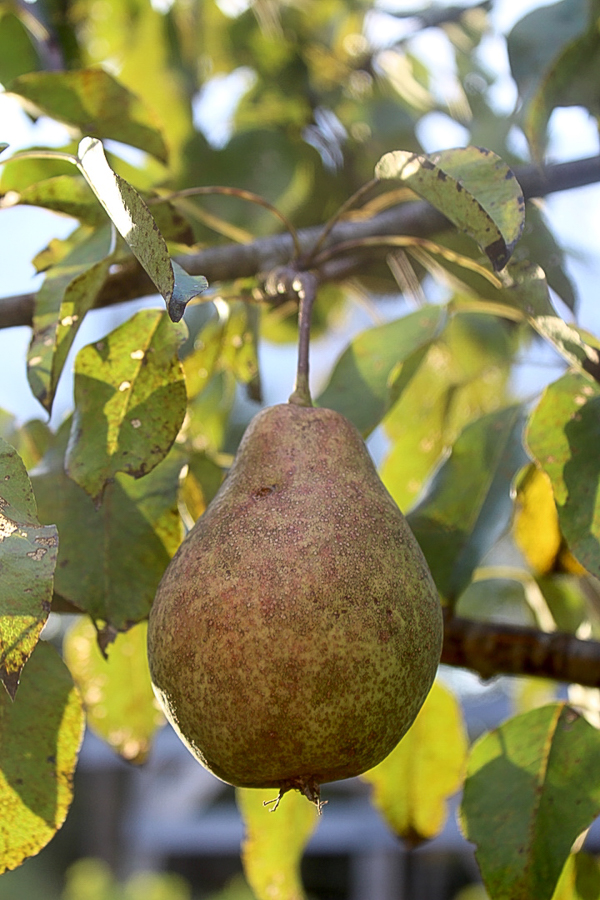
Winter Fruits
Winter is generally thought of as a lean time, and on that doesn’t offer much in the way of fruits. Our ancestors worked hard to provision themselves in the winter, and they valued storage crops.
There are varieties of apples, pears and even grapes that store well into the winter as fresh fruit. There are also a few lesser-known crops that were once common and have fallen by the wayside.
Winter Storage Apples
There are a number of apples known as good keepers. The very best keeping variety is called Newton Pippin, and we’ve stored them for over a year with good results. I’ve literally eaten a perfectly fine newton pippin, harvested the year before, at the same time I was harvesting this year’s crop.
We’ve successfully stored Ashmead’s Kernel, Honeycrisp and Northern Spy for 8 months each, and they may last longer than that in optimal conditions. Stocking Up, an old-time food storage manual suggests storing Stayman-Winesap, York Imperial, Arkansas Black Twig, Baldwin, Ben Davis and Rome Beauty and that each of those varieties will keep for at least 6 months. I wrote up a reasonably exhaustive list of the best storage apples, and if you know of any not on my list I’d love to hear about it!
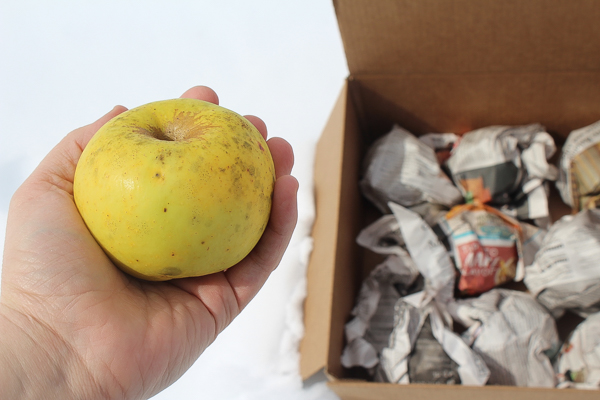
Winter Storage Pears
Pears are a bit tricky. Pears ripen from the inside out, and they cannot ripen correctly on the tree. If left attached to the tree until they’re completely ripe they’ll be rotten on the inside.
Most pears are harvested a few weeks before they’re fully ripe and stored for a short time to ripen. Still, as a rule, most pears don’t keep past the fall.
There are a few varieties that were developed to provide storage pears until February.
The variety called Dana Hovey is harvested in October and can keep until February in the right conditions. It’s a bit like a seckel pear, and great eating. Another variety called McLaughlin is also harvested in October and keeps into December or January.
Winter Storage Grapes
I read about root cellaring grapes in Root Cellaring: Natural Cold Storage of Fruits and Vegetables (which I highly recommend) but I assumed you wouldn’t find any suitable varieties around these days. Later on, we were invited to a December concert at a local winery, and I was pretty shocked to see they had fresh Vermont grown grapes for sale at the concession.
I wrote down the variety name, but alas managed to lose the scrap of paper at some point in the evening. I have it on my “to do” list to visit again and ask.
Nonetheless, it is possible and they are still in cultivation. Can you imagine it? Fresh grapes for New Year’s Eve!
Winter Storage Medlar
One of those fruits you’ve probably never heard of, medlars were grown in apple orchards to provide a good storage fruit option. They’re harvested in the fall, but they’re not ready to eat until midwinter after a few months of storage. Our local food coop sells them in the fall to confused customers who try them, and immediately spit them out.
After years of that, they finally put up a sign saying you need to wait until they’re wicked soft before eating them. You’d think they’d just keep them in the back until they’re ripe…but they don’t. You can buy Medlar trees and seeds here.
Forcing Fruits in Winter
Beyond actually storing crops into the winter, there are other crops you can store as plants and force to fruit mid-winter or in the early spring. The book Root Cellaring provides detailed instructions on how to dig up rhubarb roots in the fall and store them until mid-winter. The potted roots are then brought out of the root cellar and forced to fruit indoors midwinter.
We’ve successfully planted and forced bare root strawberry plants to fruit in our attached greenhouse. While they don’t fruit in winter, they will fruit in the spring, well before you’d see strawberries planted outdoors. A local farmer grows everbearing strawberries in high tunnels, and he’s able to harvest a particular variety called Mara de Bois in May when plants outdoors won’t fruit until July.
What have I missed? What are you planning on growing in your orchard? Leave a note in the comments and let me know!
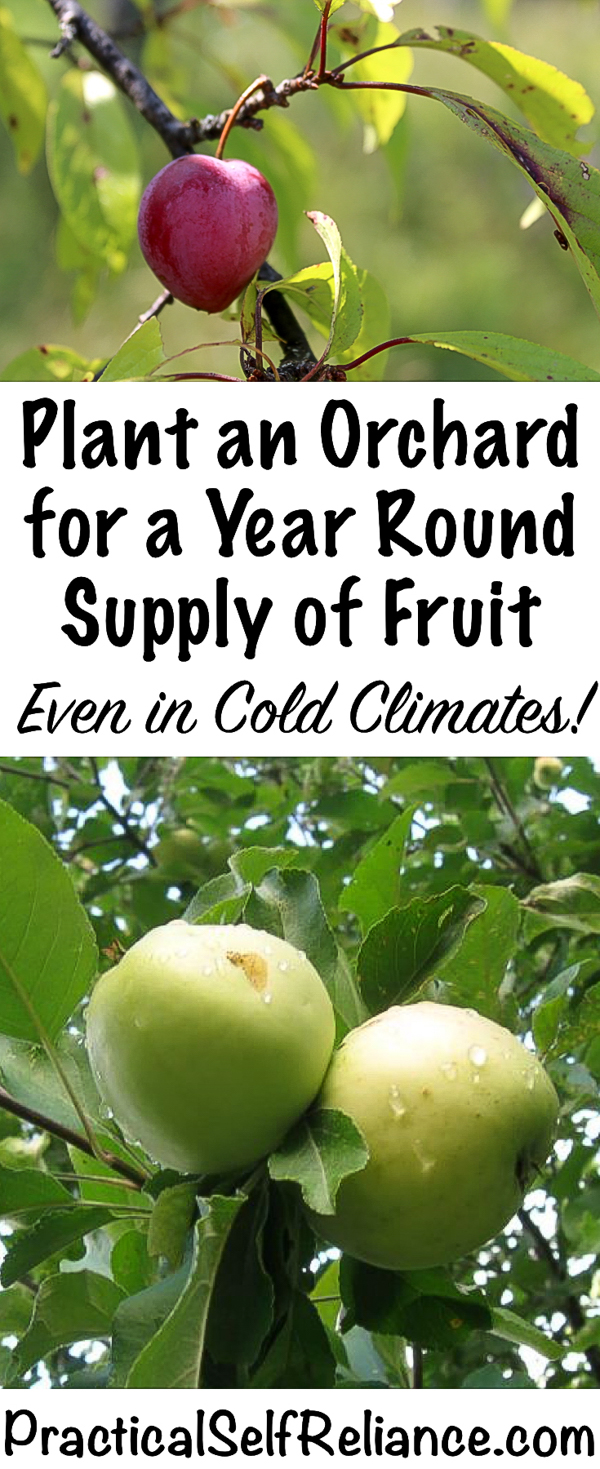

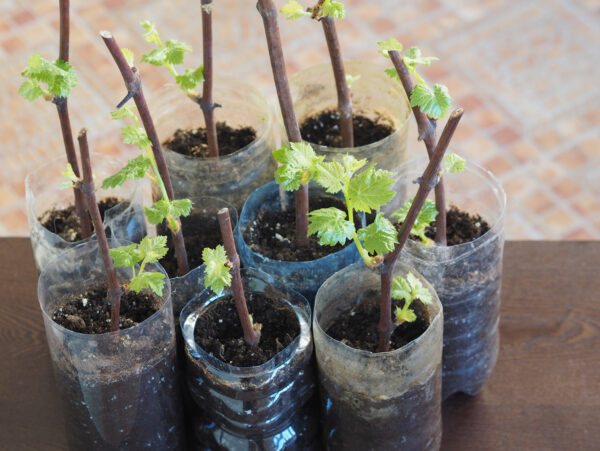
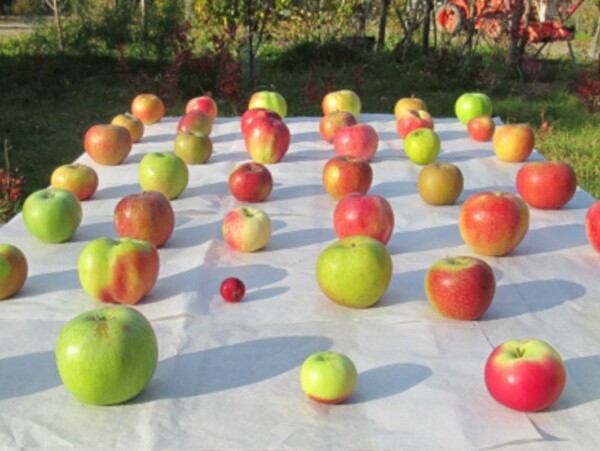
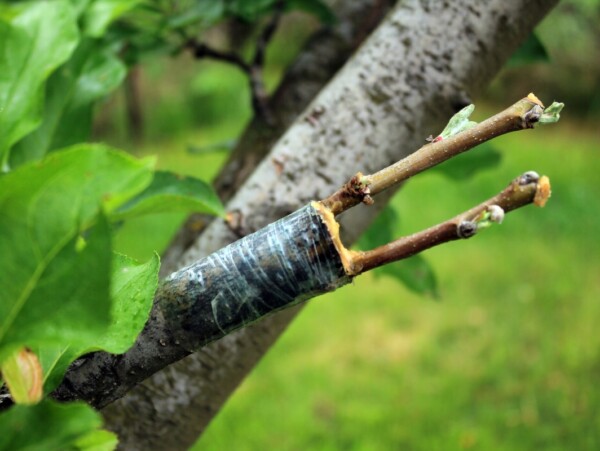
Along with most of what you’ve listed above, I’m also trying Che, Asian pears, paw paws, persimmons and quince in zone 5 Champlain Valley of Vermont. I have heartnuts arriving in the spring and have hazels already out back; while they’re not fruit, they will provide food through the winter. I can’t wait to try DIY Nutella! I tried goumi, and they both died; I’ll be trying two more ‘Tillamook’ plants again this year. I had a heck of a time tracking that variety down, so I’m really hoping they do okay. Oh, yeah, I also have Chicago Hardy figs that have survived a few winters now. Not much fruit, but the novelty is kind of fun.
Sounds like you will be busy but productive.
As usual, Ashley, I am so impressed by your knowledge and the quality of your articles. As to your question of other fruits, I live in northern Ohio and I am working on growing citrus in pots. Mine have not fruited yet, but I know of two households in my town that have successfully grown lemons, oranges, and other things this way. I move the large pots outdoors in the warm months for them to soak up as much sunshine as they can get, and then in winter I keep them indoors and away from the dry heat (I have a forced air furnace). I have one room with a lot of southern windows, so this space works well.
I also LOVE cherries! I hope one day to be growing my own cherries. I have a variety of apple trees coming along, blueberries, strawberries, red currants, rhubarb, black raspberries, and now one gooseberry bush and a friend gave me some blackberry that just went in.
You are an inspiration, Ashley! Thank you so much. I recommend you to others often.
You’re very welcome. Thank you for your kind words. I’m so glad you enjoyed the post.
Thank you for your article i found it very informative!
Question – Silverberries? Goumi? I have read these cherry like berries ripen in January.
This is a great resource. Thank you.